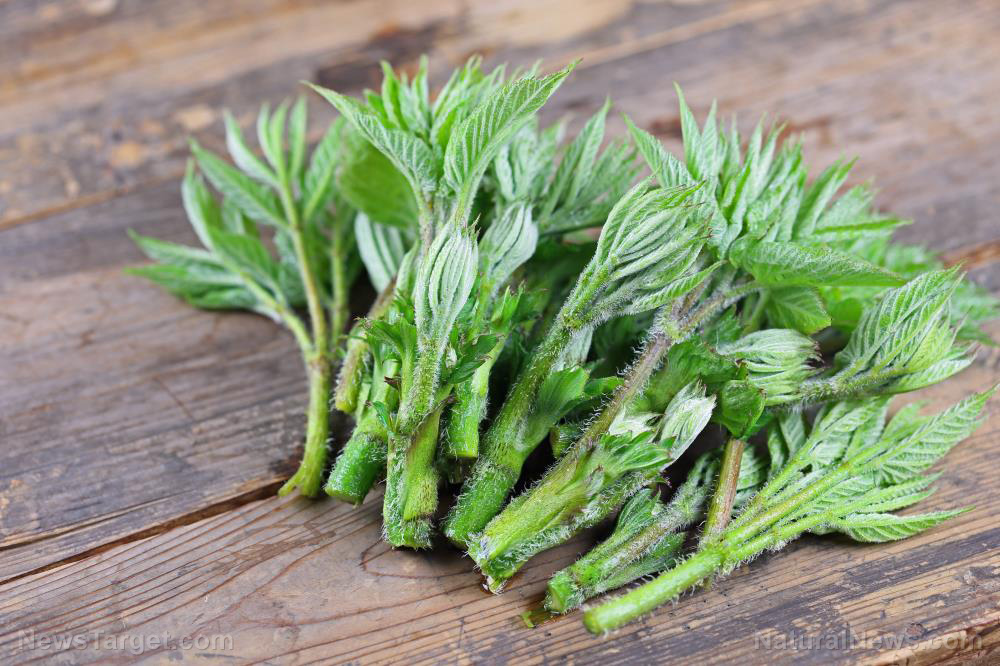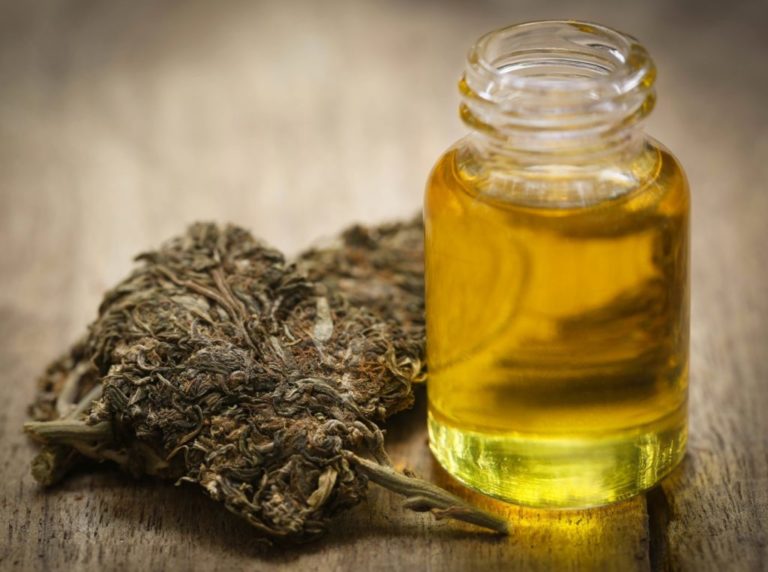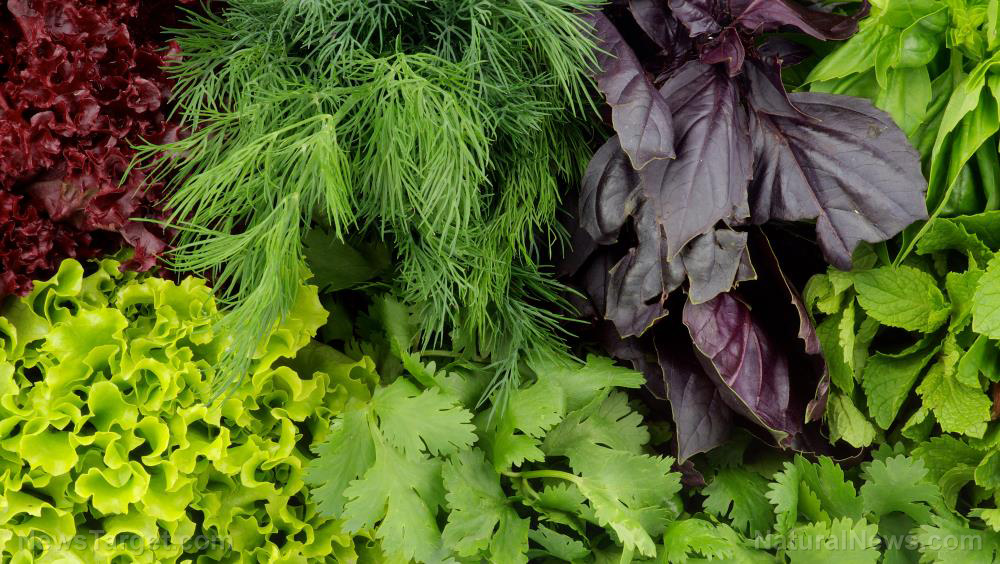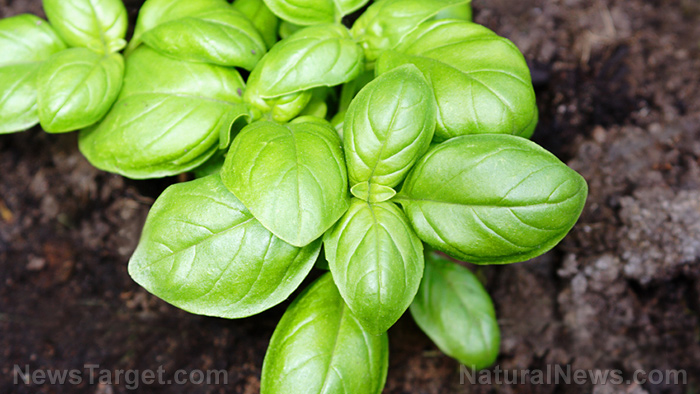Lianqiao, the fruit of the forsythia plant, has anticancer properties
05/01/2019 / By Evangelyn Rodriguez

In this study, researchers from the University of Macau used a metabolomics approach to compare two Forsythiae Fructus (Lianqiao in Chinese) aqueous extracts subtypes. Their findings, which demonstrate the difference between the clinical applications of green Forsythia (GF) and ripe Forsythia (RF), were published in The American Journal of Chinese Medicine.
- Forsythiae Fructus is one of the most fundamental herbs in traditional Chinese medicine and both GF and RF have medicinal applications.
- The researchers used UPLC-MS to characterize the components of GF and RF.
- They used B16-F10 murine melanoma to examine the antitumor activities of GF and RF.
- UPLC-MS data showed a clear separation between GF and RF, which indicated that there were significant differences in their chemical components.
- GF exhibited a more potent antitumor activity against B16-F10 murine melanoma than RF both in vitro and in vivo.
- The researchers also identified 15 chemical compounds as specific markers that help distinguish between GF and RF.
- They found that forsythoside I, forsythoside A, forsythoside E, and pinoresinol were the key active compounds that account for the difference in anticancer activities between GF and RF.
Based on these results, the researchers concluded that while both subtypes of Forsythiae Fructus have clinical importance, they should be used distinctively and GF should be preferentially prescribed as anticancer treatment.
Journal Reference:
Bao J, Ding RB, Liang Y, Liu F, Wang K, Jia X, Zhang C, Chen M, Li P, Su H, Wan JB, Wang Y, and He C. DIFFERENCES IN CHEMICAL COMPONENT AND ANTICANCER ACTIVITY OF GREEN AND RIPE FORSYTHIAE FRUCTUS. The American Journal of Chinese Medicine. 2017;45(07):1513–1536. DOI: 10.1142/s0192415x17500823
Tagged Under: alternative medicine, anticancer, antitumor, cancer cures, disease treatments, Forsythiae Fructus, herbal medicine, Herbs, Lianqiao, natural cures, natural medicine, prevention, remedies, TCM, traditional Chinese medicine

















